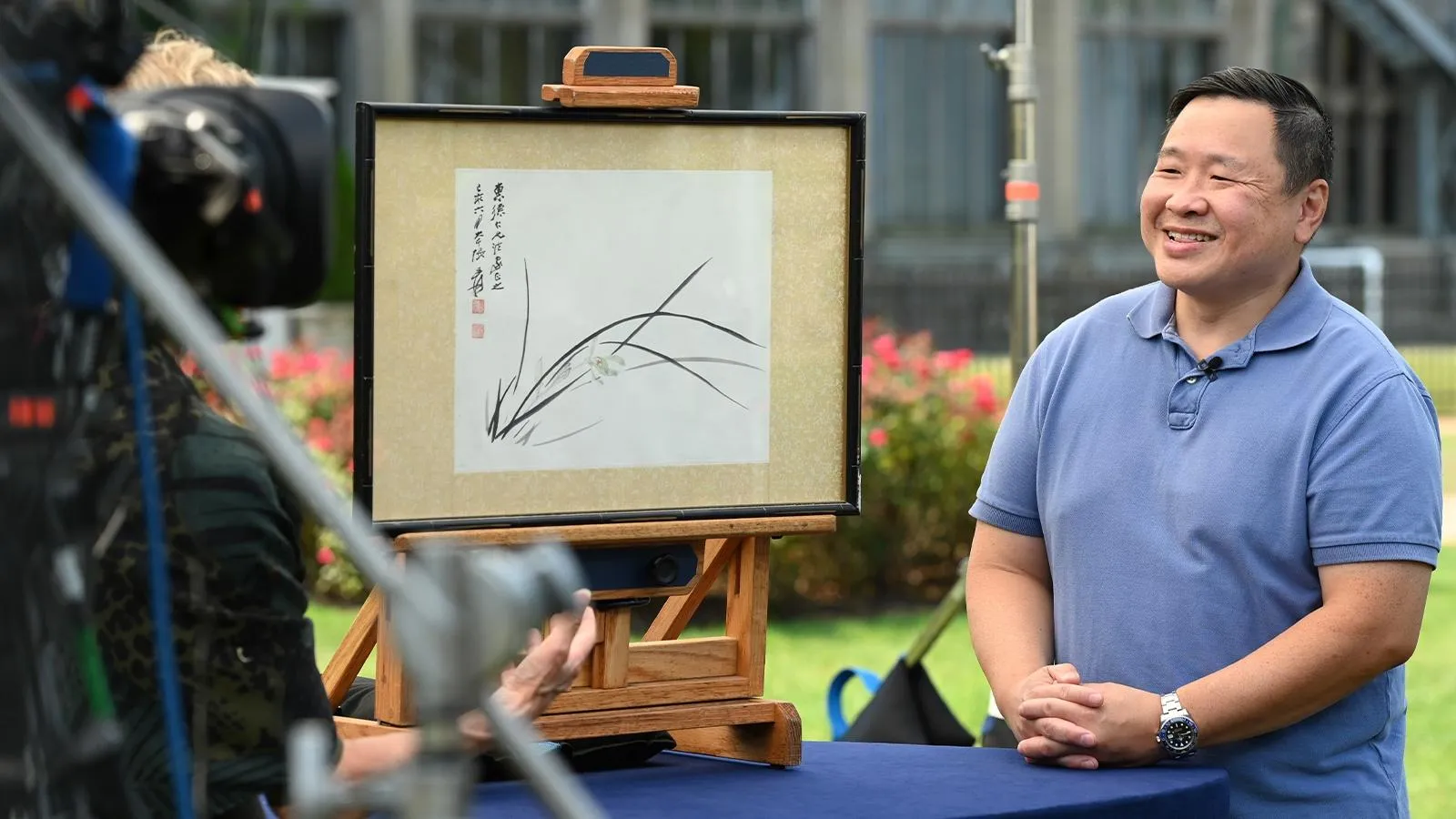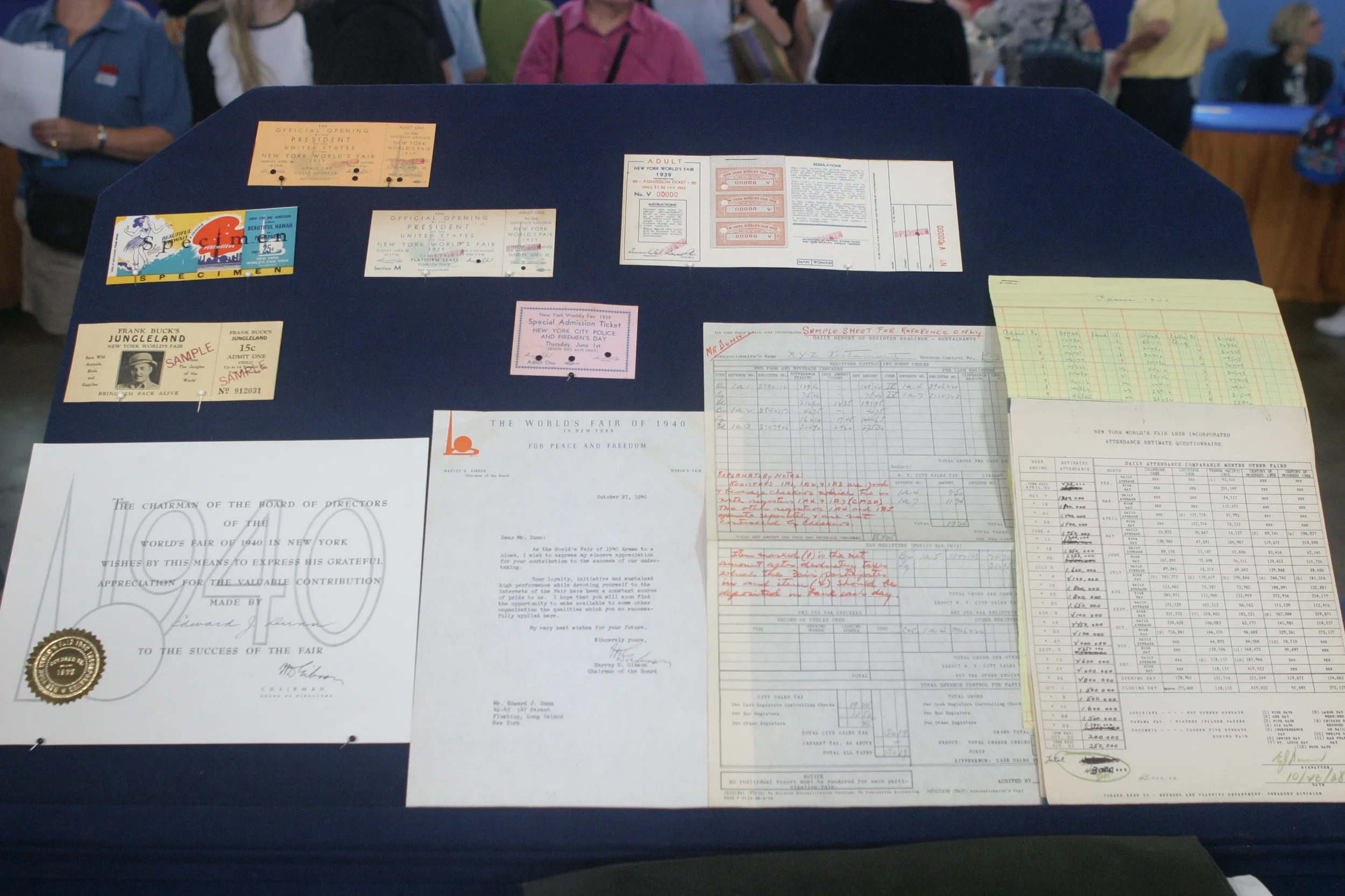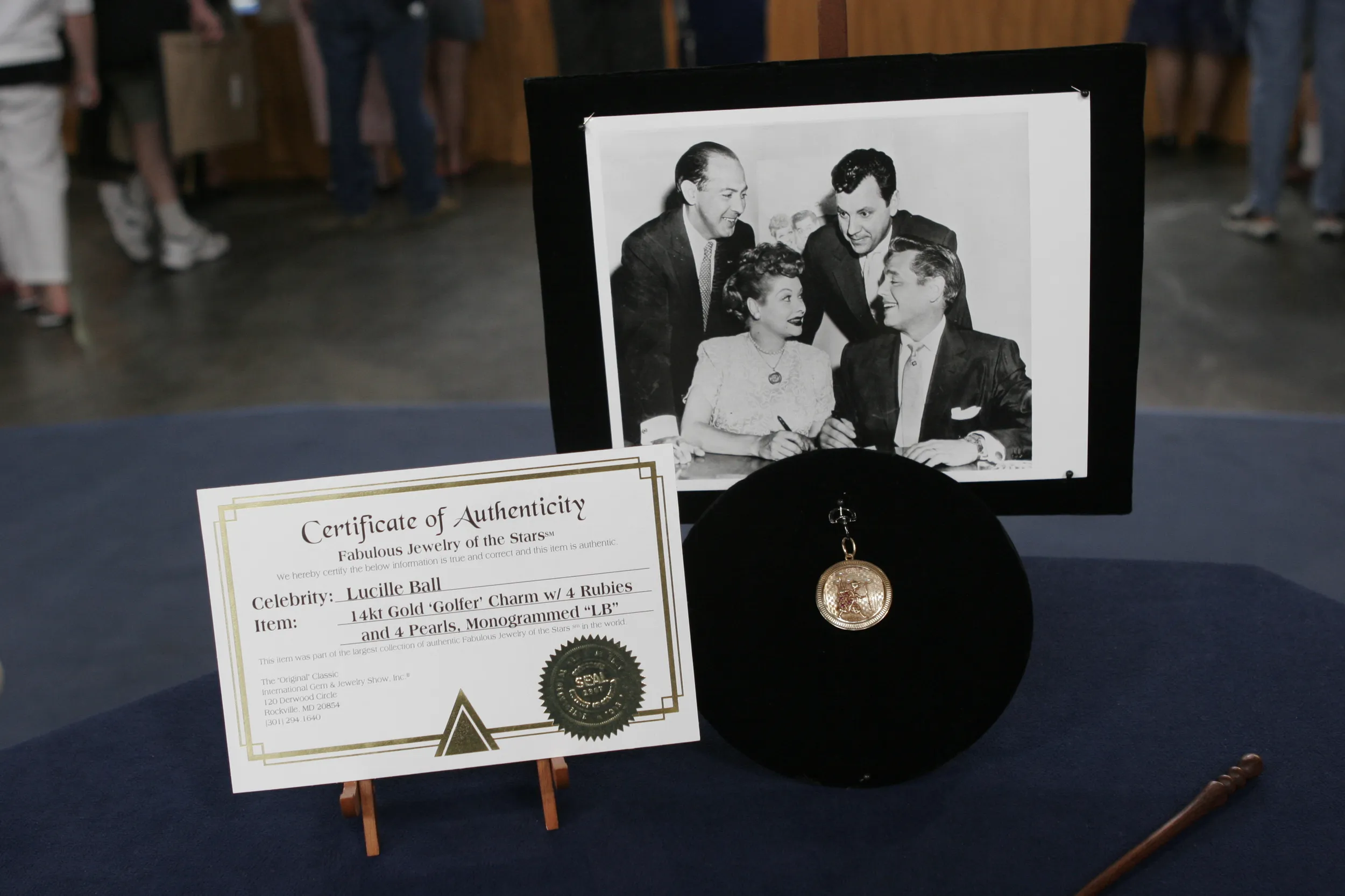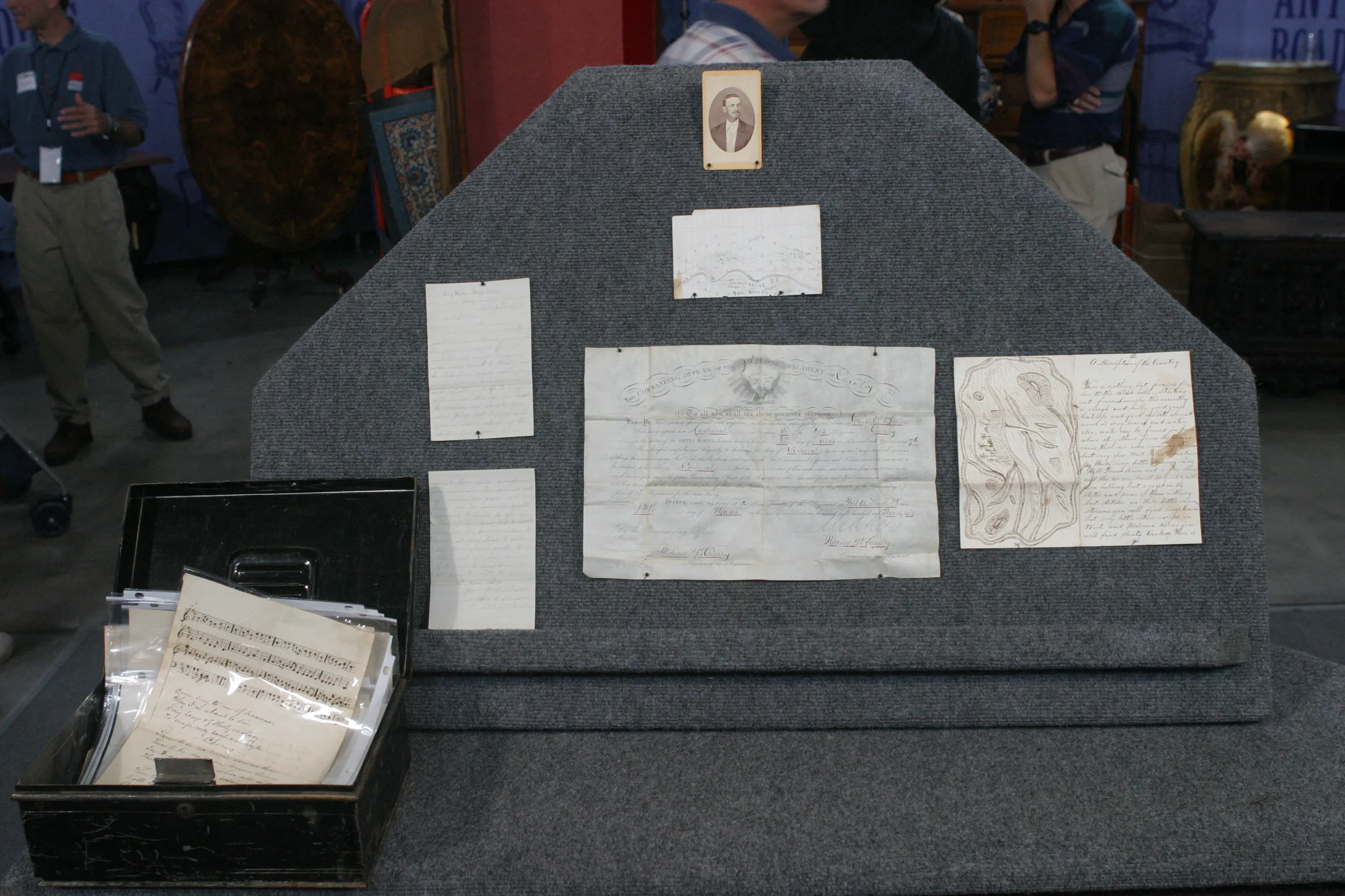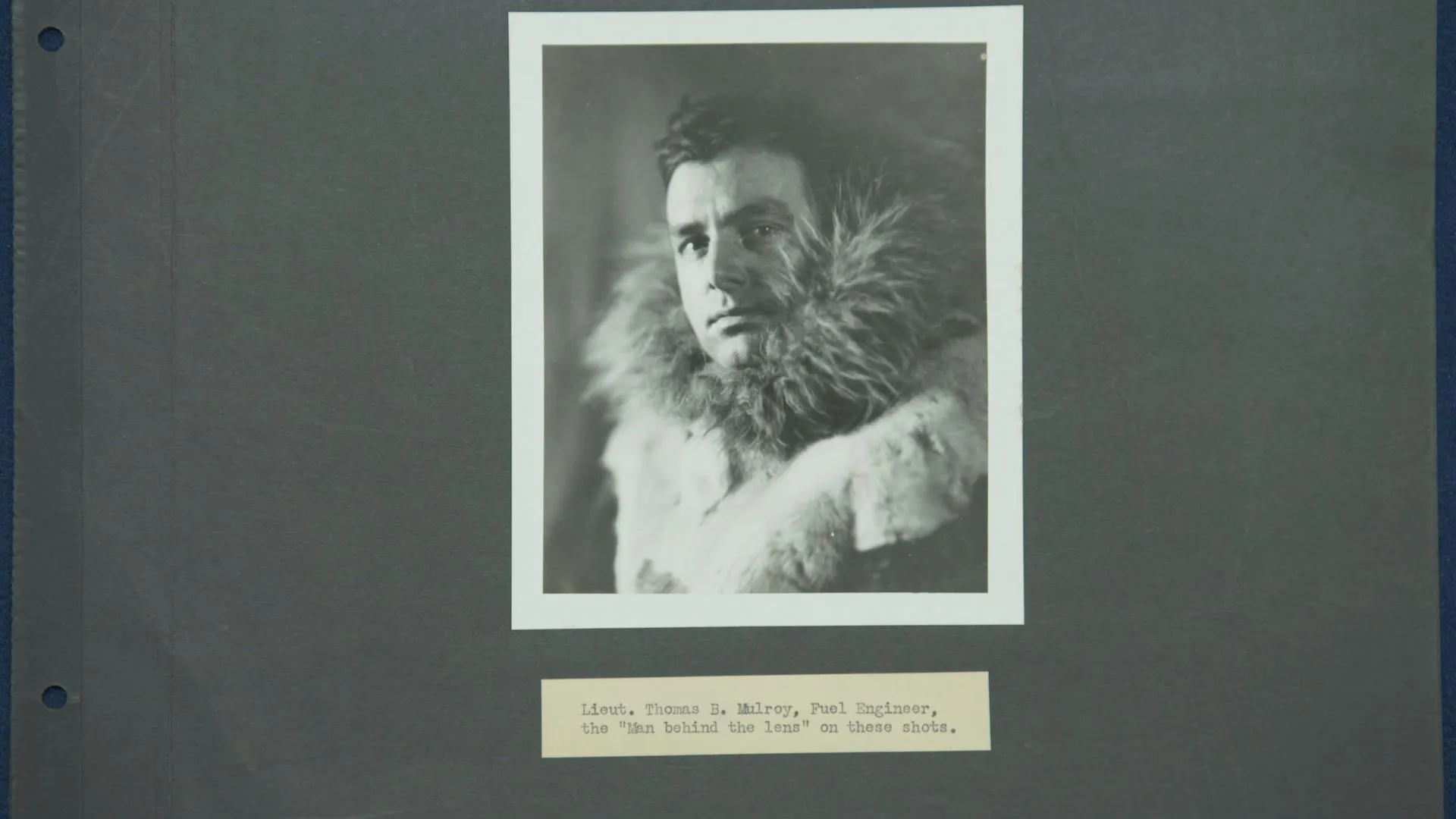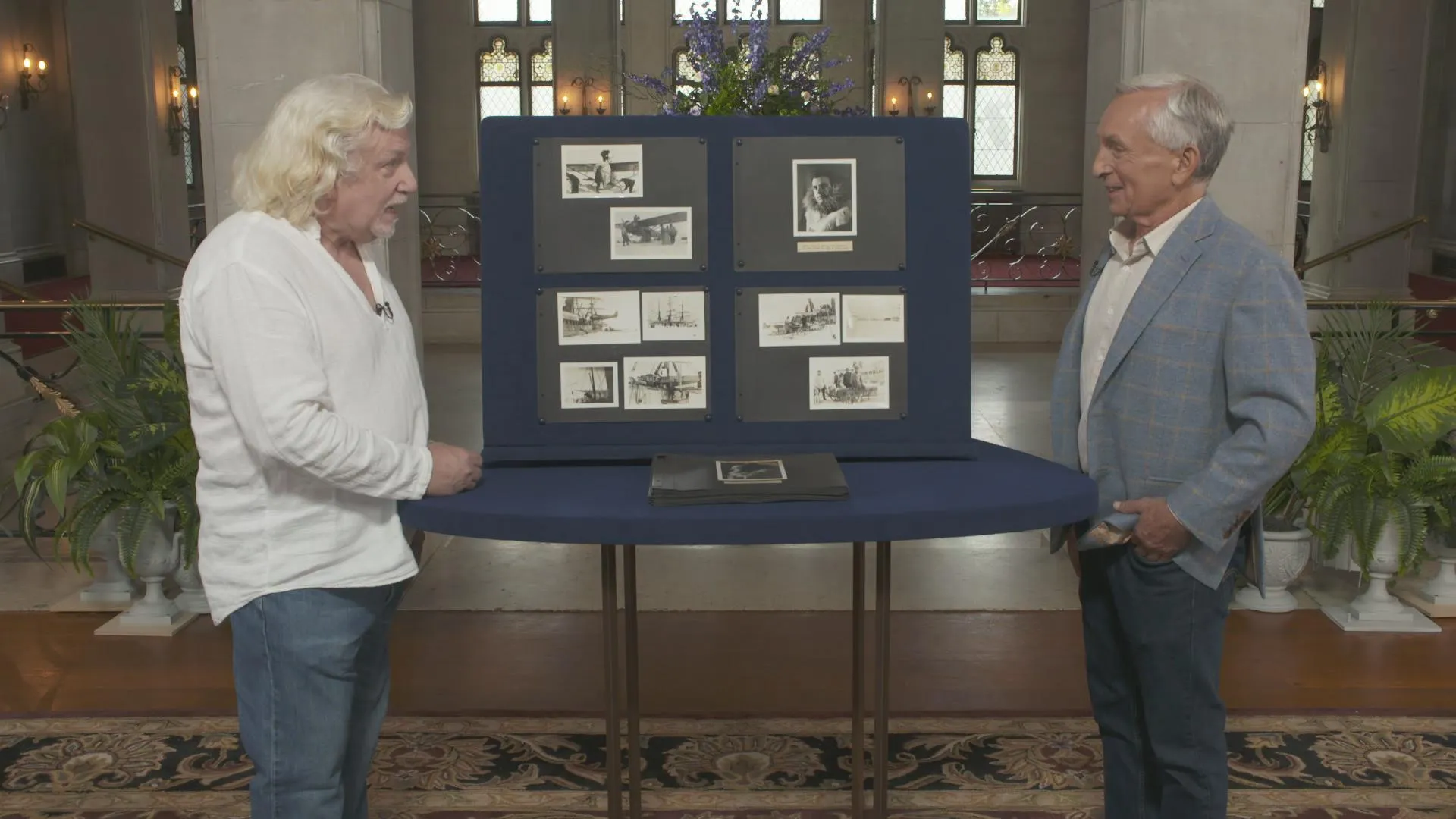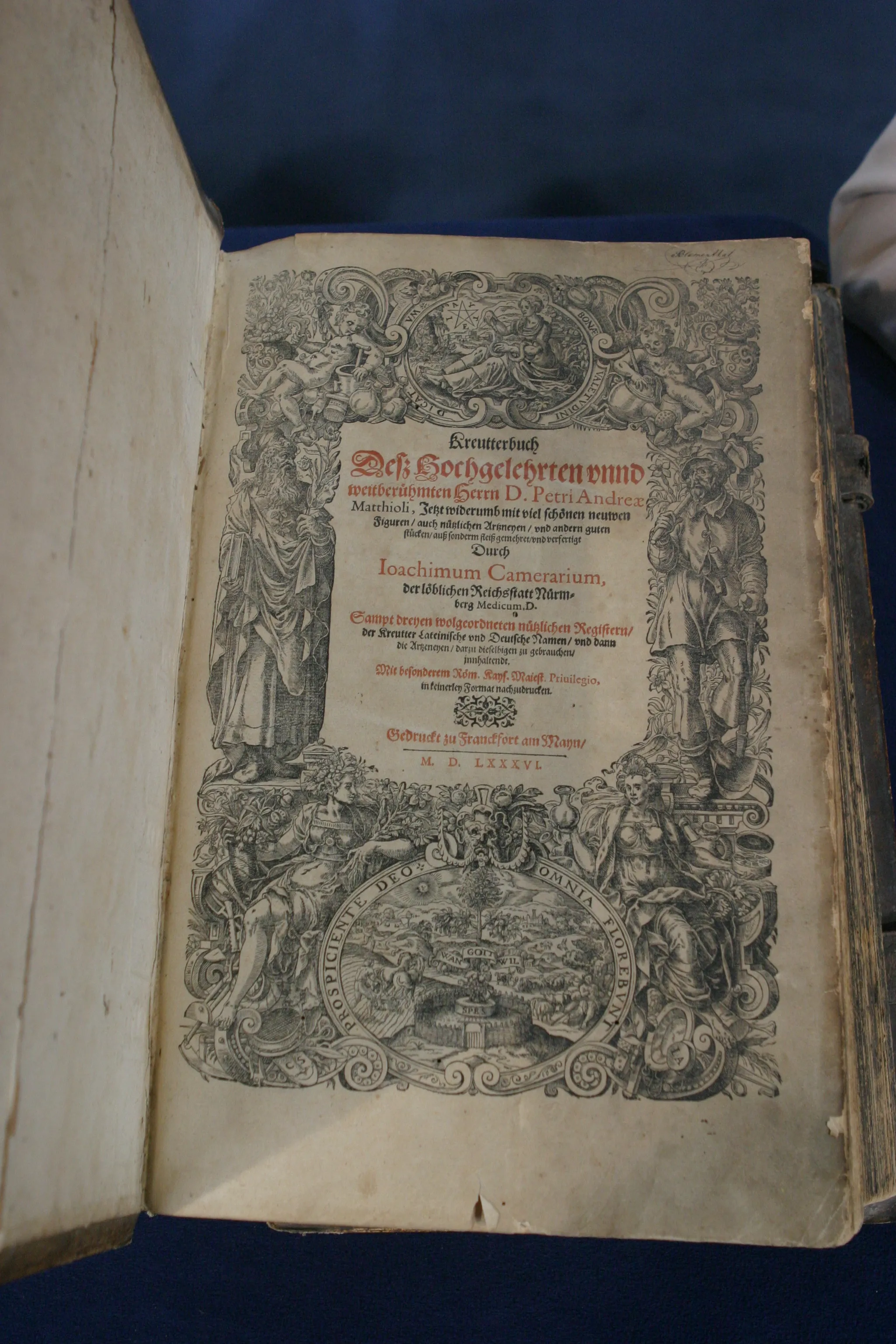APPRAISER: We have a nice collection-- tell me what they are.
GUEST: Photographs, I believe, of Byrd's expedition to Antarctica. These were all taken by the fuel engineer. My grandfather, who had his business of lab and photography, had the oil company as a customer, and the fuel engineer was a good friend, brought the film back, asked my grandfather to process it, print it. My grandfather asked if he could make a copy for himself, and he said yes. So to our knowledge, there are two copies of each of these photographs.
APPRAISER: This was the first Byrd expedition. There were others that followed. But that's what these photographs are of. And that expedition was from 1928 to 1930. It was personally financed. It wasn't a government expedition. If you think about it. Going to Antarctica at that point, the only place they could go was where dogs could take them, so they couldn't get very far. Also, the conditions there were terrible.
GUEST: (chuckling)
APPRAISER: Byrd's idea was, first of all, it was geological. They wanted to get knowledge of the geology. But he brought down planes. And the idea was, you could fly those planes over the Antarctic and do a tremendous job mapping.
GUEST: Okay.
APPRAISER: That was what the real advantages Byrd's expedition was. There were about 80 people who were on the expedition. Only 40 stayed over, and they stayed over a year. And the man who took these photos, Mulroy, was an oil engineer, but he was also, for the expedition, engineering and energy. They had to conserve energy. They only had so much they could bring. If it came in through the ships, if they came in once, that was it. But also the temperature-- 20, 30, 40 below zero. Sometimes even getting down to 70 below zero. It's not easy. If any moisture got in his camera at 30, 40, 50 below, it would freeze solid inside. The fact that we're seeing what looks like simple sort of everyday photos that you would have taken back in the '30s and '40s, or maybe, a lot of us remember the '50s, we just snap it...
GUEST: (chuckles)
APPRAISER: And that's what they look like. There's a lot more to it.
GUEST: To it.
APPRAISER: And it was a successful expedition. I love this photo. And look at the ship they were on. They had to find a ship that, it could get through the ice. Mulroy, actually, a lot of his-- his jacket, a lot of his artifacts, a lot of the things he had in the South Pole-- his collection of photographs was actually put up for sale about 15, 20 years ago.
GUEST: Okay.
APPRAISER: And, and the sale, it was expected to bring $600 or $800, somewhere in that... For the photographs alone. I can't tell from the description. It sounded like he might have had some other photographs to go with it, but they went for five times that amount then.
GUEST: Really?
APPRAISER: I think it was 2006 they were sold. I would say now, if you were selling these retail, they would easily get $8,000 to $12,000.
GUEST: Whoa. (chuckles) I wouldn't have expected that. Amazing. They're interesting, and it's a little slice of history. I mean, I've always enjoyed looking at them and showing them to my friends.

